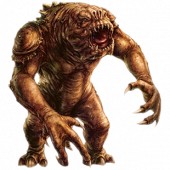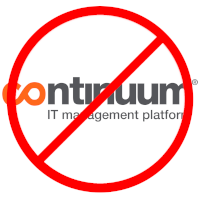About This File
This script will trigger removal for the following applications (in this order):
ITSupport247*Gateway
ITSupport247*MSMA
ITSupport247*DPMA
ITSupport247*
ITSPlatform
LogMeIn
This is just using a generic PowerShell script I made that searches for applications by name and then runs their uninstaller command. It has no specific knowledge of the applications.
- If the command uses msiexec, it will make sure that the action is uninstall (/x) and it will ensure it runs silently. (adds /quiet /norestart, removes any other /q* parameter).
- If the command is anything else, it will just add the "/s" parameter if there is not already a parameter like "/s*" in the command.




Recommended Comments
Join the conversation
You can post now and register later. If you have an account, sign in now to post with your account.